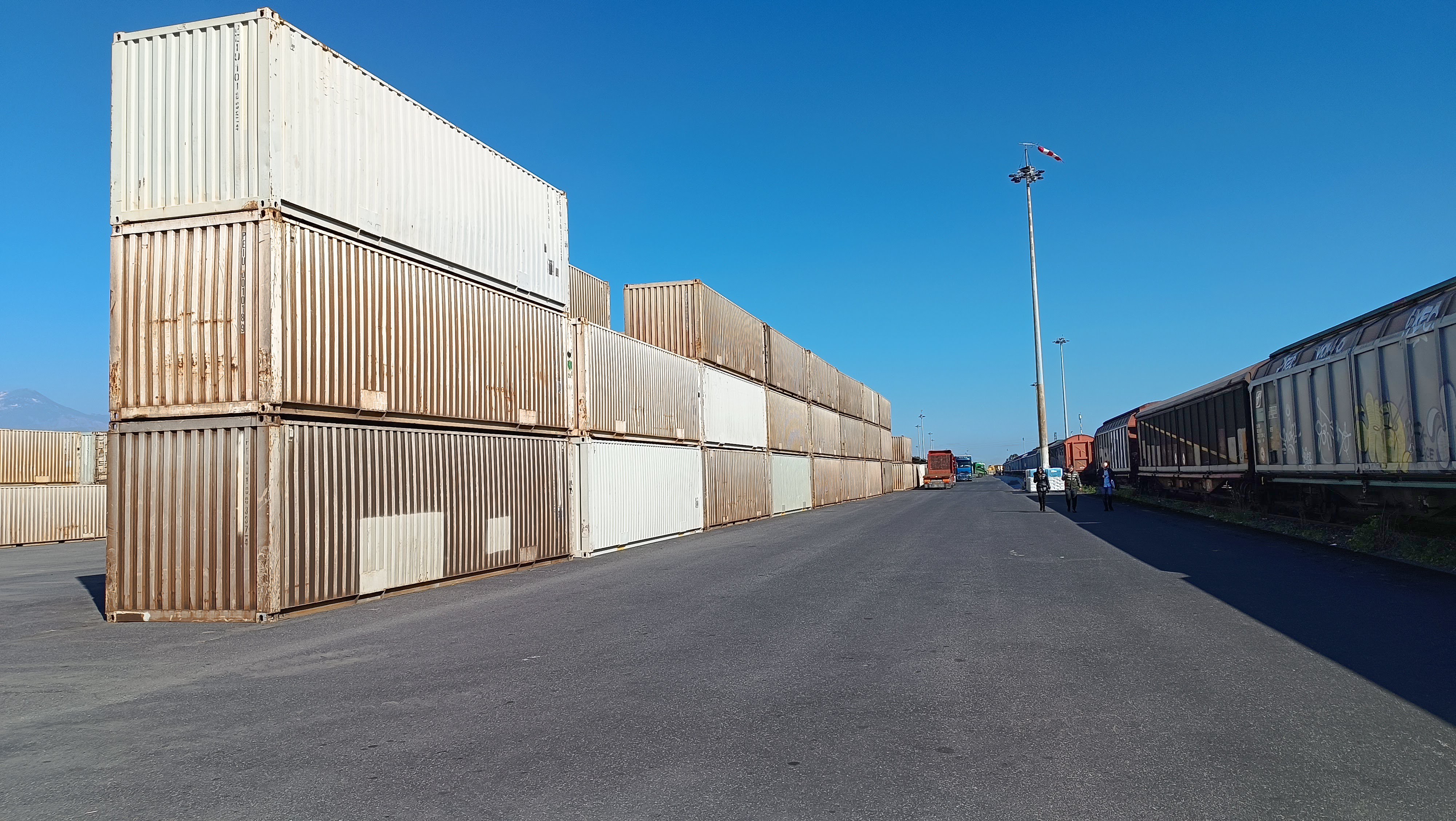Modal shift generated by new railway infrastructures
A tool for decarbonization and energy transition in the transport sector
Italferr has adopted a Life Cycle Thinking (LCT) approach in its infrastructure design processes, focusing not just on the construction phase, but also on the subsequent operation, maintenance and, eventually, decommissioning of the infrastructure. This holistic approach enables a comprehensive systemic vision, capable of evaluating the infrastructure and the relevant transport services in a wholly integrated manner.
This scientifically recognised approach is implemented already in the early stages of the design process (DocFAP), guiding each step towards full compliance with the national and European regulatory and methodological framework.
Italferr conducts analyses to integrate the specific characteristics of each project with the context of the infrastructure, combining the actual performance of the train-rail system with the evolution of the rolling stock fleet, to take account both of characteristics such as type of power supply, emission class, engine size, etc., and the effects of technological development and energy transition policies in the automotive sector.
This approach is necessary if we consider that the assessments are carried out over the entire economic life of the project and cover a sufficiently long period of time to reap the benefits in the medium to long term.
Transport studies analyse the effects on passenger and freight traffic demand over this period of time, resulting from the construction and commissioning of the railway project, estimating its impact on vehicle flow and quantifying modal shift.
As a result, we can specifically estimate the reduction in climate-changing emissions (directly and indirectly, according to a Well-To-Wheel approach) and pollutants related to the modal shift by comparing the Project Scenario, characterised by the presence of the railway infrastructure, with the Reference (or Inertial) Scenario, in which passenger and freight traffic demand would be met by other modes of transport (e.g. motor vehicles, heavy goods vehicles, etc.).
However, the energy and environmental benefits of the modal shift must also be considered alongside the impact of the new commercial rail service. In this regard, train simulations conducted on different routes allow for the accurate quantification of energy consumption associated with rail traction. Using appropriate emission coefficients, we can estimate the impacts associated with energy consumption in relation to the new rail service, always considering the national and European framework for the production of electricity and renewable energy sectors.
One example is the project for upgrading the Rome-Pescara railway line, in which the energy and environmental benefits associated with the new infrastructure have been quantified, taking into account both the benefits of the modal shift and the increase in rail traction consumption. The overall net benefits have been estimated at:
- a reduction of over 3.5 million tonnes of CO2eq over the entire economic life of the project (30 years).
- The decrease in pollutant emissions of approximately 700 tonnes of PM10;
- Primary energy savings of over 1 million tonnes of oil equivalent (TOE).
In addition, the modal shift allows for savings in travel times, both for users who abandon road transport for rail, and for those who continue to use the road network, who can benefit from reduced congestion and the consequent reduction in accidents. Furthermore, there is a reduction in operating costs for the use of private vehicles and greater accessibility and usability of the transport service for all citizens.
Through this approach, Italferr ensures the best possible sustainability by guiding design decisions and transforming major projects into a concrete benefit for the community. The infrastructure designed by Italferr can therefore contribute to the achievement of the FS Italiane Group's climate neutrality objectives, as well as to the national and European energy transition commitments, promoting the shift towards electric and renewable sources in the transport sector.

Photo credit: Pietro Piraino, Italferr